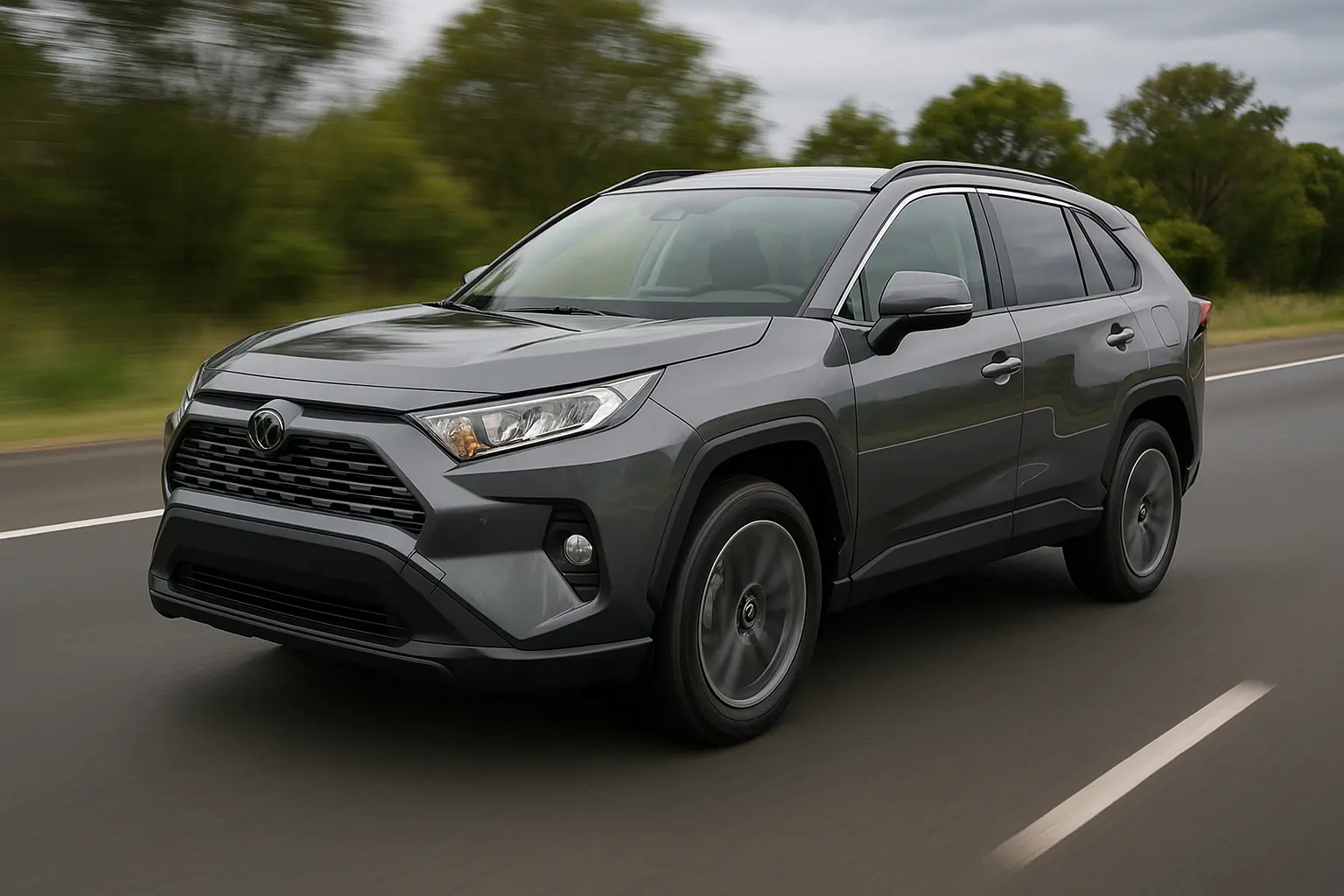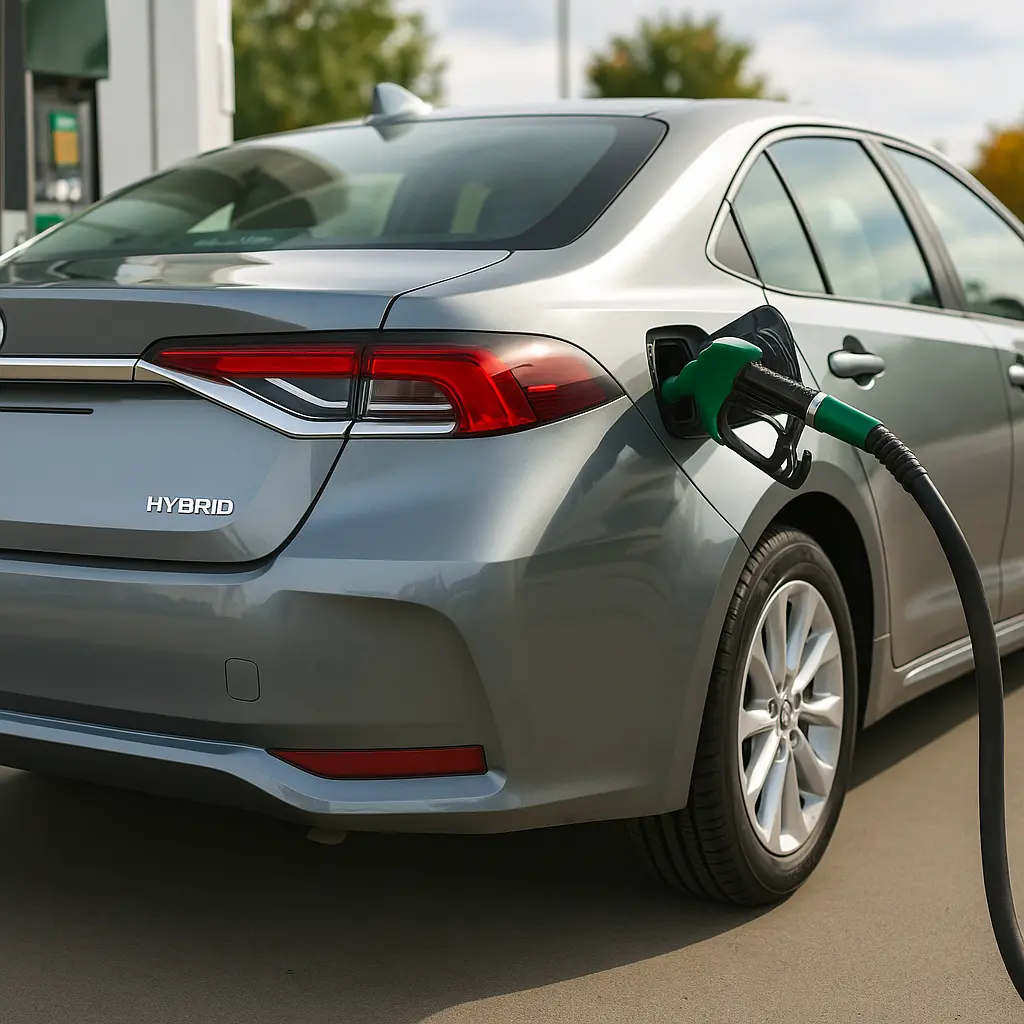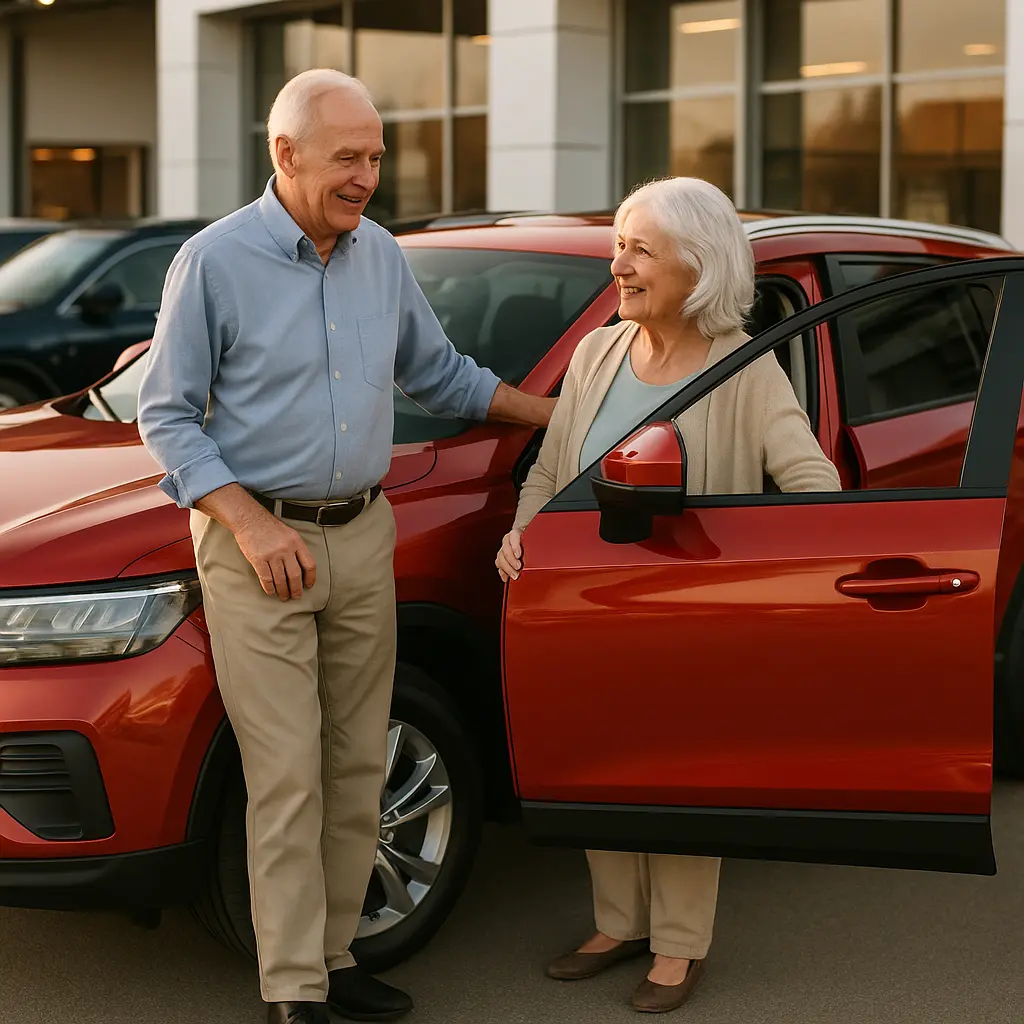Australia in 2025 is experiencing one of the most significant shifts in car-buying behaviour in decades — and petrol prices are at the heart of it. With unleaded fuel consistently hovering above $2 per litre in most capital cities and occasional spikes beyond $2.30, everyday motorists are feeling the pinch every time they fill up.
Hybrid cars — once seen as niche, eco-conscious choices — are now entering the mainstream. The growing hybrid car demand is driven not just by environmental awareness but by cold, hard economics. Households looking to cut fuel bills and future-proof their vehicles are finding hybrids to be a practical middle ground between petrol and full electric cars.
This article dives deep into how petrol price impact is reshaping the Australian car market, the fuel savings hybrids can offer, the types available, their pros and cons, and whether 2025 is truly the best year to make the switch.

Petrol Prices in 2025: A New Normal
The Australian petrol price landscape has changed drastically in the past decade. Several factors have contributed:
- Global Oil Market Volatility – Geopolitical tensions and supply chain disruptions have kept oil prices unstable.
- Currency Fluctuations – The Australian dollar’s value impacts the wholesale cost of imported crude.
- Domestic Fuel Policies – Refinery closures in Australia have increased reliance on imports, making prices more sensitive to global changes.
- Environmental Levies – Government initiatives to encourage low-emission transport have added small surcharges to fossil fuels.
In 2025, motorists have come to accept that the era of $1.20 per litre fuel is long gone. For a typical SUV driver covering 15,000 km annually, fuel bills can now exceed $3,000 a year — a figure that has many reconsidering their vehicle choices.
Why Hybrids Are in the Spotlight
Hybrids appeal to Australians for several reasons:
Fuel Savings
Hybrid technology combines an internal combustion engine with an electric motor, enabling the car to use less petrol. In city driving, where stop-start traffic is common, hybrids can operate on electric power alone for short periods, reducing fuel consumption dramatically.
Example:
A petrol SUV might average 10L/100km in city driving, while a hybrid equivalent can return 5–6L/100km — cutting fuel bills nearly in half.
Familiarity Over EVs
While full electric vehicles (EVs) are gaining traction, concerns about charging infrastructure, range anxiety, and higher upfront costs make hybrids a more accessible choice for many.
Government Incentives
Some states continue to offer reduced registration fees, stamp duty discounts, or toll concessions for hybrid vehicles, further sweetening the deal.
Types of Hybrids Available in Australia
Hybrids aren’t all the same, and knowing the differences is crucial.
Mild Hybrids (MHEV)
- Use a small battery and motor to assist the petrol engine.
- No electric-only driving.
- Lower cost but smaller fuel savings.
Conventional Hybrids (HEV)
- Can operate on electric power at low speeds.
- Self-charging — no plug required.
- The Toyota Corolla Hybrid and Honda Civic e:HEV are prime examples.
Plug-in Hybrids (PHEV)
- Larger batteries allow 30–80 km of pure electric driving.
- Can be charged via home or public chargers.
- Offer maximum fuel savings but are pricier upfront.
Hybrid Car Demand in 2025: The Numbers
Market data from industry analysts suggests hybrid sales in Australia are up over 35% year-on-year compared to 2024. Key observations include:
- Toyota remains the dominant hybrid brand, with models like the RAV4 Hybrid and Camry Hybrid leading sales.
- Kia and Hyundai have expanded their hybrid line-ups, capturing budget-conscious buyers.
- Luxury brands such as Lexus, BMW, and Mercedes-Benz are offering more hybrid options in sedans and SUVs to meet fuel-conscious luxury buyers.
Real-World Fuel Savings in Australia
Switching to a hybrid can deliver substantial annual savings. Let’s look at an example:
| Vehicle Type | Fuel Economy (L/100km) | Annual Fuel Cost @ $2.10/L | Annual Savings vs Petrol |
|---|---|---|---|
| Petrol SUV | 10.0 | $3,150 | — |
| Hybrid SUV | 5.5 | $1,732 | $1,418 |
| PHEV SUV (50% EV) | 2.5 + electricity cost | ~$788 + $300 electricity | ~$2,062 |
For many families, these savings can be redirected toward loan repayments, insurance, or other household expenses.
Pros and Cons of Hybrids in 2025
Advantages
- Lower fuel bills
- Reduced emissions
- Smoother driving in traffic
- Better resale value compared to petrol-only cars
- No need for daily charging (except PHEVs)
Disadvantages
- Higher upfront purchase cost
- Battery replacement costs (though rare within warranty)
- Slightly more complex servicing
- Not as efficient on long highway drives compared to city use
Petrol Price Impact on Different Buyer Groups
Rising petrol prices affect Aussies differently:
- City Drivers – Most benefit from hybrids due to stop-start efficiency.
- Regional Drivers – May still prefer diesel for long-distance economy, but hybrids are improving here too.
- Fleet Buyers – Companies are adopting hybrids to cut operational costs.
- Young Buyers – Attracted to hybrids for fuel savings but sensitive to higher purchase prices.
Best Hybrid Cars in Australia 2025
Budget-Friendly Hybrids
- Toyota Corolla Hybrid
- Kia Niro Hybrid
- Hyundai i30 Sedan Hybrid
Mid-Range Hybrids
- Toyota RAV4 Hybrid
- Honda CR-V e:HEV
- Mitsubishi Outlander PHEV
Luxury Hybrids
- Lexus NX 350h
- BMW X5 xDrive45e
- Mercedes-Benz C300e
Financing a Hybrid in 2025
Hybrid cars may cost $3,000–$7,000 more upfront than petrol equivalents. However, buyers can offset this with:
- Low-interest green car loans
- Government rebates in select states
- Fuel savings over 5–7 years
Many finance calculators now factor in fuel savings to demonstrate total ownership cost, making hybrids look more attractive.
The Future of Hybrid Cars in Australia
While EV adoption will continue to grow, industry experts predict hybrids will maintain strong sales until at least 2032, especially in regional areas with limited charging.
Manufacturers are investing heavily in hybrid tech to bridge the gap toward full electrification. Toyota, for instance, aims to offer hybrid options across almost all models by 2026.
Conclusion: Should You Buy a Hybrid in 2025?
If you’re feeling the strain at the petrol pump, a hybrid could be the smartest purchase you make this year. The fuel savings in Australia are substantial, resale values are strong, and the technology is proven. While EVs might be the future, hybrids offer the perfect balance of convenience and efficiency for today’s market.
Rising petrol prices aren’t going anywhere soon — but your fuel bill doesn’t have to keep climbing.
Leave a comment
Your email address will not be published. Required fields are marked *




















